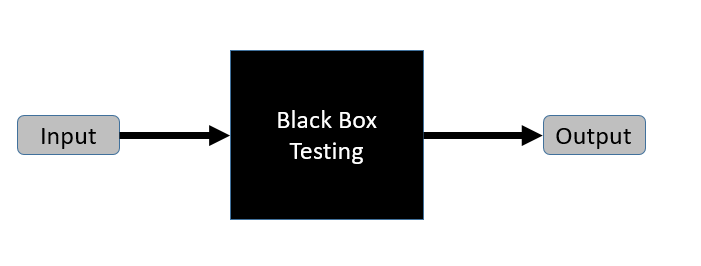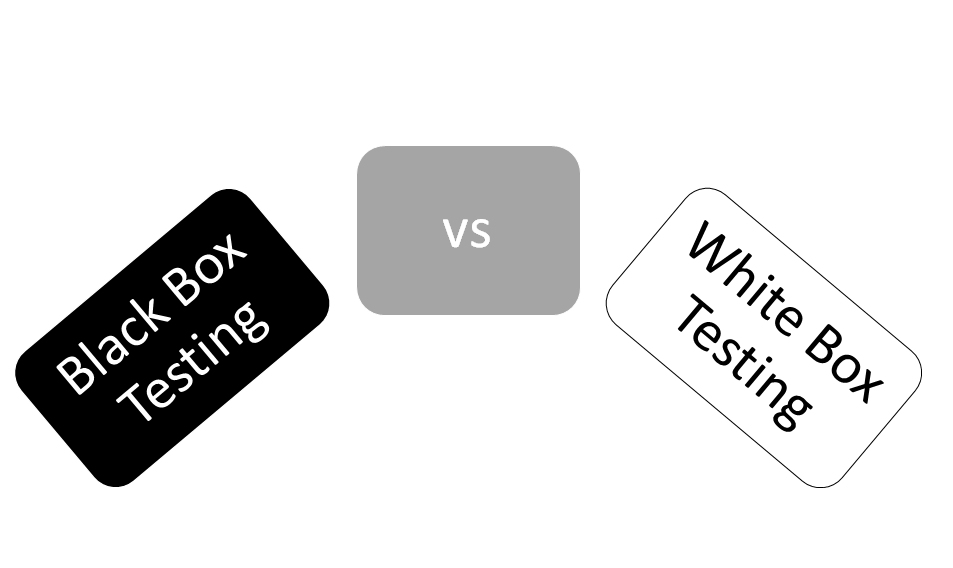Black Box testing and White Box testing are two types of software testing techniques popular among testers. Black Box testing is executed without accessing the code base and without knowing how the software application works. In other words, understanding the software architecture, including front-end, backend, and middleware is not needed to perform Black Box testing.
White Box testing is the complete opposite of Black Box testing. To perform White Box testing, you must be fully aware of the architecture of the software application and have access to the code base.
Knowing whether to use Black Box and White Box testing types can be challenging when testing end-user requirements. For this reason, it is essential to understand the difference between Black and White Box testing.
In this article, let us see what Black Box testing and White Box testing are and how these testing techniques vary from one another.
What is Black Box testing?
Black Box testing is a higher-level software testing method that focuses on the performance and functioning of the software. In other words, these tests are executed externally from an end-user perspective.
As a result, we can determine and evaluate the application’s security without accessing its internal structure.


What steps should you follow in Black Box Testing?
These are the steps that a tester needs to follow to carry out Black Box testing.
- Analyze the necessities and specs of the system.
- Carry out positive and negative test scenarios with related inputs and verify whether the System Under Test (SUT) processes them accurately.
- Verify the expected outputs for the tests ran.
- Compare the actual outputs with the expected outcomes.
- Report the faults to the software development team or related parties and get them fixed.
- Repeat the steps until the system is free of defects.
What is White Box testing?
White Box tests are carried out to check the internal functioning of an application. Hence, these tests are based on lines of code, branches of a repository, paths, or conditions. Therefore, the software tester or developer should be familiar with the internal structure.
Unlike Black Box testing, White Box testing is a form of low-level testing. This testing technique is also known as glass box testing, structural testing, clear box testing, or code-based testing.


What steps should you follow in White Box Testing?
These are the steps a software developer or tester needs to follow when carrying out White Box software testing.
- Understand the source code of the software application well.
- Generate test cases to test the source code of the application.
- Create tests for each functionality or series of functionalities in the application.
- Execute test cases.
- Report the bugs to the software development team or related parties and prioritize getting them fixed.
- Perform manual testing, trial, and error testing.
- Repeat the steps until the system is free of bugs.
White Box Testing vs Black Box Testing


In this section, we will examine the key differences between Black Box testing vs White Box testing.
Who and how are White Box and Black Box Testing performed?
End-users and software testers carry out Blackbox testing. Fortunately, there is no need to access the code base for this testing or require programming knowledge. Therefore, the involvement of developers during this activity is not necessary.
In contrast, White Box testing is carried out mainly by software developers while collaborating with software testers. Therefore, programming knowledge is required to carry out White Box testing as accessing the code base is necessary.
What types of testing belong to White Box Testing and Black Box Testing?
Black Box testing types
Functional testing, Non-functional testing, and Regression testing are prominent Black Box testing types. Functional testing tests the functional requirements of the application. In contrast, non-functional testing tests the non-functional requirements such as performance, scalability, capacity, and usability. Regression testing ensures the code continues working after a code modification.
Documenting your Black Box scenarios is part of the tester best practices. Through proper documentation, you can consistently deliver quality software during the development process. If you need an excellent free test case management tool, AccelaTest is your best choice for managing your software testing lifecycle.
White Box testing types
Unit Testing and Testing for Memory Leaks are necessary White Box test types. Unit Testing is the initial test carried out in the testing phase, and it tests each unit or block of code while being developed. Faults and defects captured in this level are not complicated to fix. Executing Memory Leak tests verifies whether there are any memory leaks in the application. Having memory leaks would be detrimental as they are capable of slowing the application down significantly.
Applicable Testing Levels
Black Box tests and White Box tests are applied on the software testing levels according to their nature.
Black box testing is applicable on higher levels of testing such as System Testing and Acceptance testing.
On the other hand, White box testing or clear box testing is applicable on low-level testings such as Unit Testing and Integration testing.
Testing Process
The basis of test cases for Black box testing begins on completion of the requirement specification document. This testing type leverages the trial and error method of testing. Test cases written for Black Box testing will contain more input conditions, test steps, predicted outcomes, and test data.
The basis of test cases for the White Box testing method begins with completing the Detail design document. In this testing, the domain and interior boundaries of the application are tested. Test cases written for White Box testing will be less complex, and they will include the information related to technical concepts like statements, code coverage, etc.
Test case management tools can be very useful for testers regardless of White Box or Black Box testing, especially when running E2E tests.
Techniques
Black Box testing techniques
Equivalence partitioning and Boundary value analysis are two testing methods used for Black Box testing. Equivalence partitioning partitions the input data into two categories; valid inputs and invalid inputs. During the execution of the test, each category’s corresponding data is taken. Boundary value analysis analyses boundaries for input data.
White Box testing techniques
Statement Coverage, Branch Coverage, and Path coverage are popular White Box testing methods. Statement Coverage checks whether all the code lines are passed through the specified tests at least once. Branch coverage verifies if each branch is passed through the selected tests at least once. The Path coverage method allows us to test and verify the program paths.
Tools used
UFT, Selenium, or AccelaTest can run functional and regression tests. Additionally, AccelaTest, LoadRunner, or Jmeter can run Non-Functional Tests.
EclEmma, HtmlUnit, NUnit, Parasoft Jtest, PyUnit, and CppUnit are popular tools we can use for White Box testing.
Granularity reports
Black Box testing gives us low granularity reports. But the execution of White Box testing gives us high granularity reports.
Are White Box and Black Box testing a time-consuming process?
Black Box testing is less exhaustive and therefore is not as time-consuming. In contrast, White Box testing is thorough and requires a lot of time. But, we can detect bugs using White Box tests at the early stage of development. The Black Box tests are only used when developing basic code.
Automation
Test automation is difficult for Black Box Testing. But we can easily automate White Box Testing. Automated test cases are useless when the code base is in a state of constant churn.
Algorithm testing
Black Box Testing is not the best method for algorithm testing. However, White Box Testing is well suited for algorithm testing.
Application on Code Segments
Black Box testing is the best for substantial code segments. With White Box testing, we can remove extra lines of code that lead to defects.
Conclusion
Both Black Box testing and White Box testing are required to complete the software development cycle’s software testing phase successfully. Analyzing and understanding the difference between these two test types assist us in identifying the exact test we need to carry out depending on our test requirements.
Having an amazing test management tool that can test both the Non-Functional and Function Requirements is paramount to program success, when you need a testing tool that can test both, look no further than AccelaTest.
